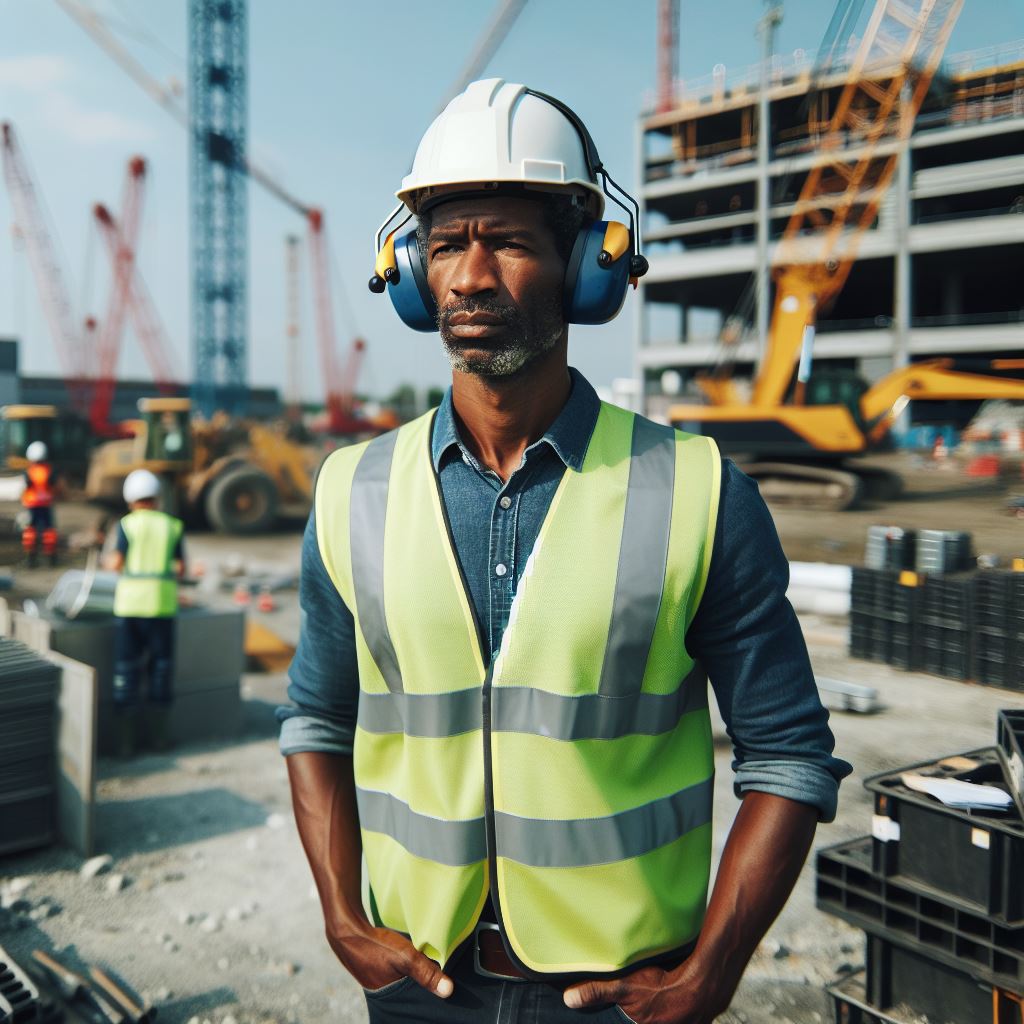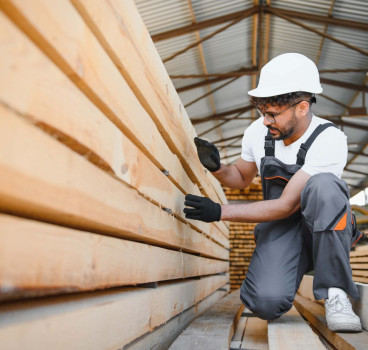How construction noise affects worker efficiency and safety
Noise is an inevitable byproduct of construction and it can have a profound impact on worker efficiency, cognitive function and safety. A construction site is rarely quiet, with sounds that range from low-frequency hums to high-pitched screeches, often combining to create a virtual chaos of noise, but what exactly makes up this soundscape – and more importantly, what should we be doing to quieten things down, writes John Ridgeway.
Research has shown that exposure to constant loud noise can have adverse effects on cognitive performance and well-being. On a construction site, the constant bombardment of sound can reduce a worker's ability to focus, leading to diminished productivity and a higher likelihood of mistakes.
Sustained exposure to noise pollution increases stress levels, leading to what experts call "mental fatigue." This occurs when the brain, constantly working to filter and manage noise, becomes tired. This state of tiredness impairs cognitive function, making it difficult for workers to focus on tasks or absorb critical information. For workers operating heavy machinery or following complex procedures, this lack of focus can result in errors, delays and even accidents.
A recent study published in the Journal of Occupational and Environmental Hygiene showed that individuals exposed to high noise levels over an extended period demonstrated reduced cognitive function, including memory recall and decision-making capabilities. On construction sites, where precision and clear thinking are paramount, this cognitive decline can significantly affect productivity.
Stress and health impacts
The human body perceives loud or prolonged noise as a stress threat. When the brain does this, it triggers the release of hormones like cortisol. Chronic exposure to noise leads to elevated stress levels, which can impact workers’ emotional well-being and physical health. Long-term noise exposure has been linked to various other issues, such as high blood pressure, increased heart rate, sleep disturbances and the increased risk of cardiovascular disease.
Safety is paramount on construction sites and sound plays a surprisingly important role. In many cases, construction site noise can drown out critical auditory signals, such as alarms, horns, or shouted warnings. This auditory masking can pose significant risks to workers who rely on these sounds for their safety.
As effective communication is a cornerstone of construction site safety, workers need to be able to coordinate with each other, particularly in high-risk areas. However, when noise levels are high, verbal communication can be difficult, leading to misunderstandings or missed signals. This communication breakdown can result in dangerous situations, including collisions, equipment malfunctions, or failure to notice safety hazards.
This is particularly important as construction sites are equipped with various safety alarms, ranging from fire alarms to carbon monoxide detectors. In a loud environment, these alarms can be difficult to hear, rendering them ineffective. The failure to respond to an alarm in time can put workers at risk of injury or even death. This raises the need for considering noise management solutions to ensure that alarms are heard clearly, even in the loudest environments.

However, as the awareness of the dangers posed by construction noise grows, so do the innovative solutions aimed at mitigating its effects. Noise-cancelling headphones are an increasingly popular solution for construction workers. These specialised headphones use active noise control technology to cancel out ambient noise while still allowing workers to hear important sounds like alarms or nearby communication. Advanced models are designed with filters that reduce harmful noise while letting through specific frequencies, such as human voices, ensuring workers can communicate effectively without being overwhelmed by noise.
Sound barriers, or acoustic barriers, that can be placed around particularly loud equipment, such as generators or compressors, to reduce the spread of noise across the site, are also being increasingly used. They are especially useful in urban construction settings, where noise pollution regulations may be stricter, but they also benefit workers by reducing overall sound exposure. This is largely in response to regulations that promote quieter construction practices to limit noise pollution, especially in densely populated areas.
Quieter machinery is also being developed with noise-reducing technology, such as engines with soundproofing systems or hydraulic tools that operate at lower decibel levels. Additionally, some companies are using electric-powered tools and vehicles that are quieter than traditional gas-powered models, which contributes to both reduced noise and a smaller environmental footprint.
Acoustic design innovations
Another way to manage sound on a construction site is through smart site layout design. Acoustic consultants can be hired to evaluate a site and suggest ways to arrange equipment, workers and structures to minimise noise exposure. By positioning noisy equipment further away from high-traffic areas or erecting sound-dampening structures between loud zones and worker areas, construction sites can become more acoustically manageable.
All this means that as noise pollution regulations continue to evolve, the future of construction will likely include an increased focus on quiet construction practices. More cities around the world are implementing noise control measures that require construction companies to minimise the noise impact on surrounding communities, which can also benefit workers.
The future may also see advancements in digital sound management technologies. Artificial intelligence (AI) could be used to monitor sound levels across a site in real time, adjusting machinery operations or alerting workers when noise reaches dangerous levels. Integrated with IoT devices, these systems could provide immediate feedback on sound conditions, helping to maintain a safer and more productive work environment.
We can see that the role of soundscapes on construction sites is a critical, yet it is often overlooked as a factor in worker productivity and safety, but while noise is inevitable in construction, managing it effectively can improve worker well-being, reduce the risk of accidents and enhance communication on-site.
By understanding and managing the soundscape, construction companies can help workers stay focused, safe and productive in even the noisiest environments. With continued innovation and regulation, the future of construction will likely involve quieter, more harmonious sites - where the noise of progress does not come at the expense of health and safety.
Additional Blogs

What if Building Control went fully digital?
Building control governs structural integrity, fire protection, energy efficiency, accessibility and countless other aspects of design and construction. Historically, this process has been highly...
Read moreWhere most “Smart Buildings” go wrong
Smart buildings are often presented as the ultimate in modern construction - interconnected, efficient, intuitive and driven by real-time data. They promise lower operating costs, reduced energy use,...
Read more

The future of facilities management starts at RIBA Stage 0
Facilities management has traditionally been treated as a discipline that only becomes relevant once a building is handed over. At that point, FM professionals inherit decisions made months or years...
Read more